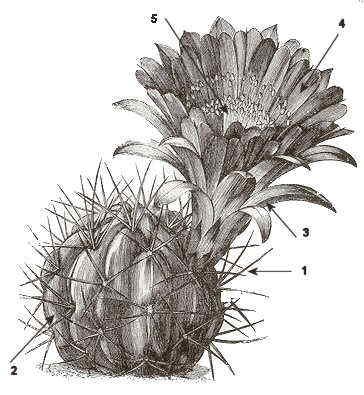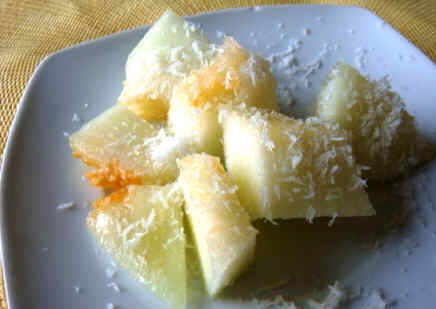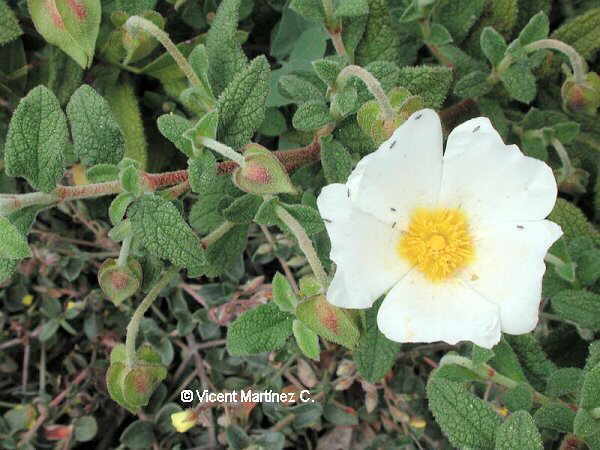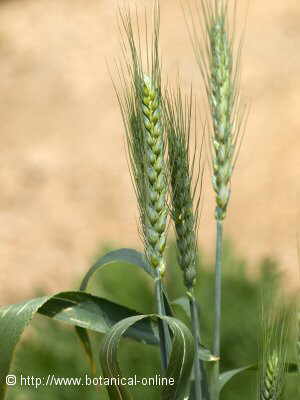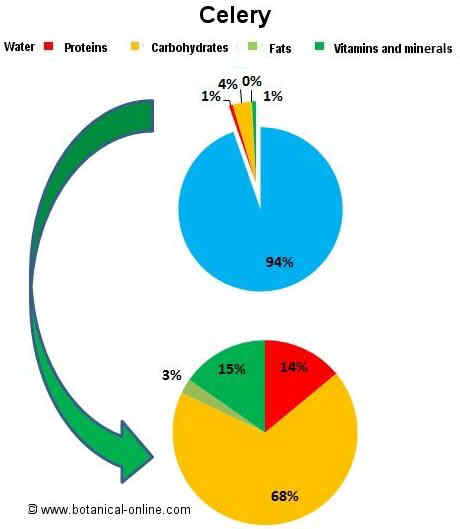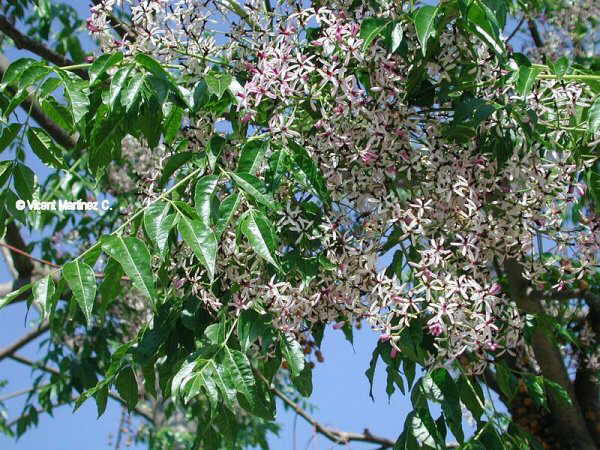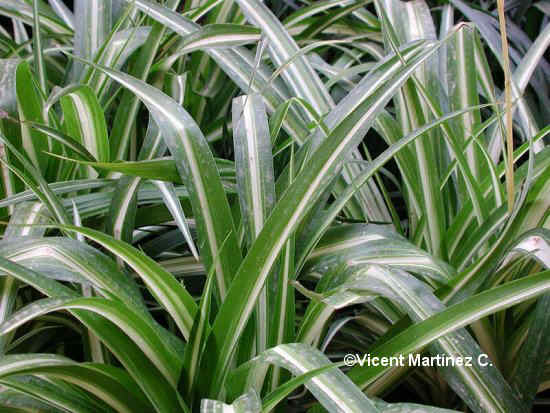PSYCHEDELICS DRUGS
Other indole psychedelics different from LSD
Besides LSD, there are a number of other plants with similar properties. They are often used like substitutes of the LSD. Among all them we would mention the following:
– The psychedelic “bells”: The seeds of many species of bell flowers have been used by some cultures because of their hallucinatory properties. These plants produce effects very similar to those possessed by the LSD, so some communities have used them as a natural substitute for lysergic acid.
The most famous is the bell Hawaiian (Argireia nervosa) Other seeds of the genus Ipomoea have been traditionally used by Mexican Indians for the same purpose.
Between them they highlight the morning glory (Ipomoea tricolor), the blue rock bindweed (Convolvulus sabatius), or the beach moonflower (Ipomoea violacea), which is widely used in the United States.
The bellflowers are used most often as a substitute for LSD. Most of them are not highly valued because they have some toxicity and unpleasant effects such as dizziness or problems with the digestive system (see toxicity of marvel of Peru – Mirabilis jalapa) so that the natives themselves only used to enhance the effects of hallucinogenic fungi.
Despite this unsuitable effects, there is some current praise due to the hallucinatory properties of some of them, especially the beach moonflower (Ipomoea violacea) which seems to be currently quite fashionable.
– Psilocybin magic mushrooms: they have similar properties to LSD, although the effects are half of those of the last drug. Among the most important, we have is the Psilobice cubensis, a fungus that grows in areas rich in cow dung in warm areas of Asia and America.
Used by shamans in their magic ritual, they were very popular in the rest of the world population from 1960 to 1970. Subsequently, they have been sold through the online sale of seeds to grow at home. Compared to LSD, it differs in that its effects are less durable and less intense.
– Ayahuasca: Also called Yahei or caapi, it is produced from a vine in Colombia. It is widely used by Amazon Indians in their ritual ceremonies, especially for initiation rites of puberty. It contains a principle called harmine that produces softer hallucinations than LSD.
It is formed by crushing the stems of the plant to extract a liquid that is activated by leaves containing DMT (Dimethyltryptamine) a chemical component with similar properties to those of certain hormones in the brain.
– DMT (Dimethyltryptamine): In addition to serving as a catalyst for ayahuasca, the leaves of many plants in South America that contain this principle are inhaled through the nose or smoked by many Indians of the Amazon, to get visual hallucinations of intense and short duration. Given its intensity; according to DMT practitioners, it is not suitable for people who are not used to it.
This same substance can also be obtained from the secretions of some toads in southern Arizona (The Sonoran Desert toad), which the Indians extracted as if they were milking the toad.
More information on drugs and other types of drugs in the listing below

